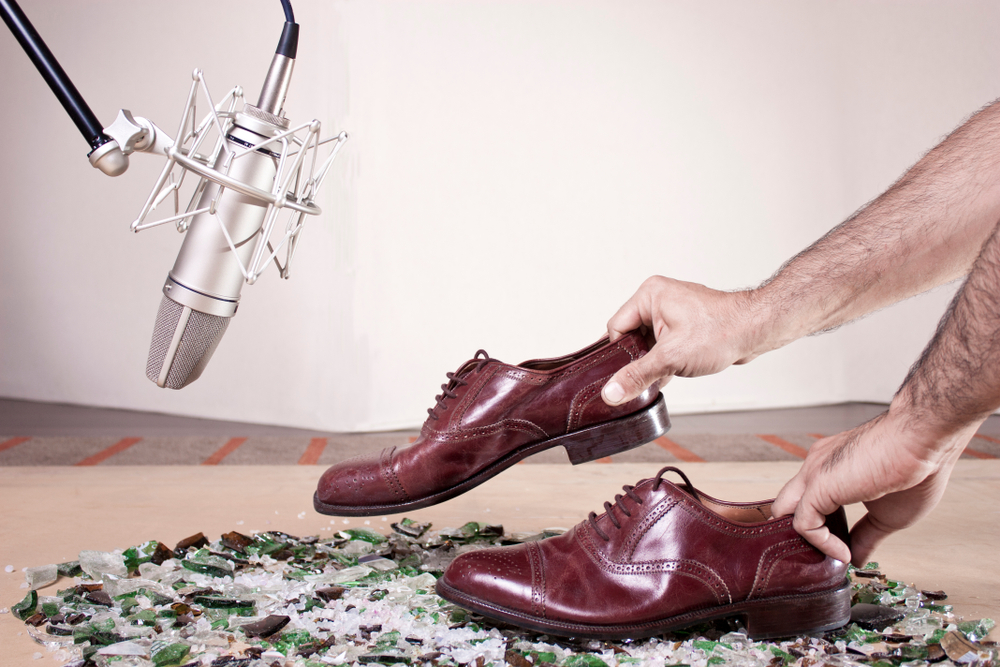Cinema's Invisible Art: Foley's Intricate Symphony
While the visual spectacle of cinema takes the limelight, the aural landscape often goes unnoticed. However, it is an essential part of the movie experience. Foley—named after sound-effects artist Jack Donovan Foley—is the art of creating everyday sound effects that are added to films during post-production. This invisible art form elevates cinematic narrative and deserves recognition.

The Birth and Evolution of Foley
The era of silent movies marked the initial years of cinema. When ‘Talkies’ emerged in the late 1920s, a new era of sound began. Jack Donovan Foley, a former newspaper editor, joined Universal Studios in 1914. He revolutionized the industry by developing techniques to create sound effects synchronously with the moving picture.
Over the years, the art of Foley has evolved, with artists using various objects to mimic sounds. From snapping celery to mimic the sound of breaking bones to using coconut shells for horse hooves—it’s an imaginative and creative world.
Foley in Today’s Cinema
Foley artistry still holds a significant place in modern cinema. From high-octane action sequences to quiet, intimate moments, Foley artists create sounds that complement the visuals and heighten the emotional impact.
Recent Oscar-winning films like “Parasite” and “1917” have employed Foley to great effect. For instance, in “1917”, the sounds of mud, water, and footsteps were crucial in immersing the audience in the film’s World War I setting.
The Impact and Significance of Foley
Foley is a crucial tool for storytelling, helping to establish space, time, and mood. It can enhance a scene’s realism, emphasize details, and suggest off-screen events. Moreover, it is integral in making films accessible for visually impaired audiences, providing critical auditory cues.
The Artistry and Skill of Foley Artists
Foley requires a blend of creativity, precision, and timing. Artists must select or create sounds that match on-screen actions, perform them in sync with the picture, and record them with high-quality equipment. The best Foley artists have a nuanced understanding of sound, a library of potential sound sources, and the ability to think outside the box.
Future of Foley: Immersive Audio Experiences
As cinema continues to evolve, Foley is set to play a crucial role. With the rise of virtual reality (VR) and augmented reality (AR) technologies, the demand for immersive audio experiences is growing. Foley artists are experimenting with new techniques to create 360-degree soundscapes that can fully engage viewers in these virtual worlds.
Foley—the unsung hero of cinema—continues to shape our movie experiences with its intricate symphony of sounds. As technology advances, the art form is poised to reach new heights, enhancing the cinematic narrative in innovative ways. It serves as a reminder that cinema is as much about what we hear as what we see.




